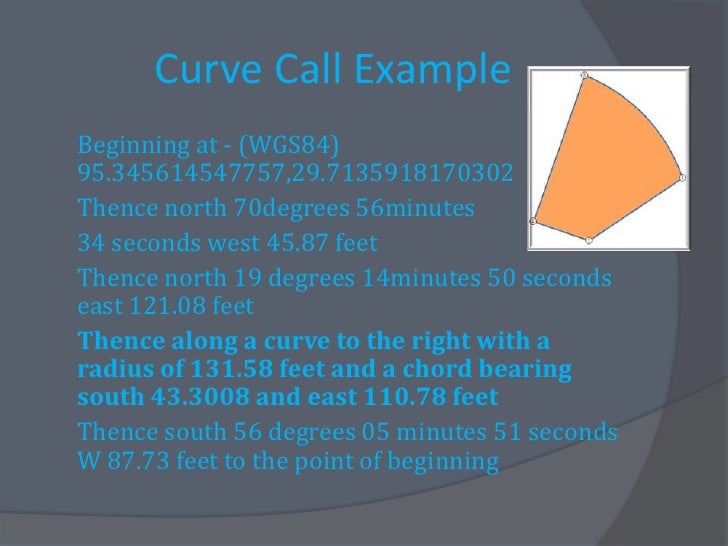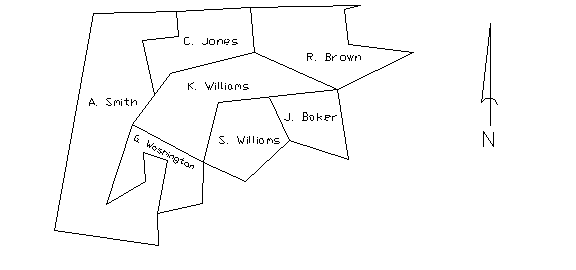


Such as 4.52 Acres +/- (more or less) as shown on plat in Plat Book 5. The legal description should state the exact Acreage amount, the parcel name, the metes and bounds description, and the plat reference. The diagrams below show the system of numbering the sections and the usual method of subdividing them. The Acreage legal description is derived by the survey, this creates the metes and bounds description and should be filed of record. It is divided into 36 square-mile “sections” of 640 acres, each which may be divided and subdivided as desired. Guide Meridians, at intervals of 24 miles east and (or) west of the Principal Meridian, are extended north and (or) south from the Base Line Standard Parallels, at 24-mile intervals north and (or) south of the Base Line, are extended east and (or) west from the Principal Meridian. Thus, the description of a township as “Township 16 North, Range 7 West” would mean that the township is situated 16 tiers north of the Base Line for the Principal Meridian and 7 ranges west of that meridian. The township numbers east or west of the Principal Meridians are designated as ranges whereas, the numbers north and south of the Base Line are tiers. The base lines running north and south are known as “Principal Meridians”, while the east and west base lines are called simply “Base Lines”. Under this system the lands are divided into “townships,” 6 miles square, which are related to base lines established by the federal government. The system of rectangular surveys was inaugurated in 1785 and the laws governing its establishment have, with various modifications, been applied to all of the United States with the exception of the states listed above.


 0 kommentar(er)
0 kommentar(er)
